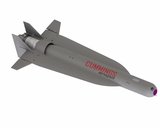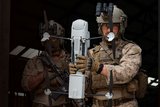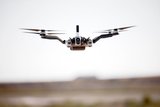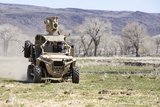UAVOS and Stratodynamics Aviation have successfully completed the next stage of flights tests of the HiDRON earth observation platform to an altitude of 82,000ft, UAVOS announced on 6 February.
The night flight lasted for four hours, including the one-hour weather balloon launch period with an average climb rate at 6.8m/s. The return flight lasted for about three hours. During the test, the system operated in headwinds up to 180km/h, -60° C temperatures, experienced wing icing and returned and landed autonomously.
The HiDRON’s flight stabilisation after balloon release and tuning the UAS controls and components for stratospheric flight were prime objectives of the mission. During the flight, operators checked the performance of the HiDRON’s avionic systems, flight characteristics, safety features, instrument integration and auxiliary tracking systems including a transponder.
The HiDRON also carried atmospheric measurement systems onboard. The payload collected meteorological data with atmospheric instruments and transmitted to the ground station in real-time. The obtained performance data will be used for the next stage of testing at an altitude of 98,000ft.
The HiDRON, a joint project of UAVOS and Stratodynamics Aviation, is a fixed wing glider integrated with meteorological equipment and launched by a stratospheric helium-filled weather balloon. With 3.4m wingspan, the HiDRON weighs under 5kg and is capable of carrying a measurement instrument weighing up to 1kg.






















